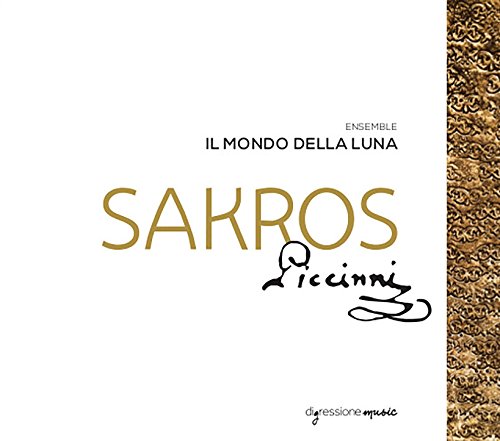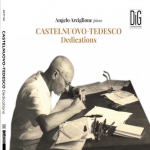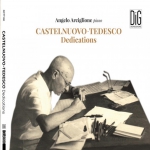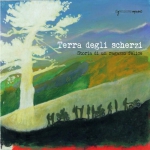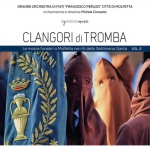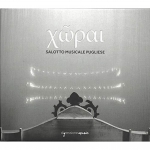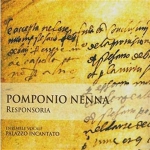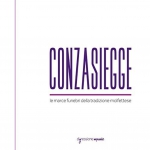| Details / Tracklist: |
1: Pater noster: Pater noster (04:56)
2: Pater noster: Adveniat regnum tuum (02:41)
3: Pater noster: Panem nostrum quotidianum (03:51)
4: Pater noster: Et ne nos inducas in tentationem (01:58)
5: Pater noster: Gloria Patri (04:08)
6: Pater noster: Sicut erat in principio (02:35)
7: Credo: Patrem Omnipotentem I (02:59)
8: Credo: Et Incarnatus I (00:56)
9: Credo: Crucifixus I (01:09)
10: Credo: Et Resurrexit I (02:50)
11: Credo: Patrem omnipotentem II (02:40)
12: Credo: Et Incarnatus Est II (00:46)
13: Credo: Crucifixus II (01:00)
14: Credo: Et resurrexit II (02:30)
15: Credo: Patrem Omnipotentem III (02:25)
16: Credo: Et Incarnatus Est III (01:52)
17: Credo: Crucifixus III (01:01)
18: Credo: Et resurrexit III (02:35)
19: Credo: Patrem omnipotentem IV (01:59)
20: Credo: Et Incarnatus Est IV (00:49)
21: Credo: Crucifixus IV (01:04)
22: Credo: Et Resurrexit IV (03:13)
23: Credo: Patrem Omnipotentem V (01:59)
24: Credo: Et Incarnatus Est V (00:49)
25: Credo: Crucifixus V (01:09)
26: Credo: Et Resurrexit V (03:08)
27: Credo: Amen (01:07) |
 |
| Number of discs: |
1 |
 |
| Description: | Sacred Piccinni: the theatre of faith from the Credo to the Pater Noster
The prayer Pater Noster is considered one of the most inspired and well-known scores of NiccolÚ Piccinni (Bari 1728 ? Parigi 1800), a great master of the Neapolitan School, an oustanding figure and music composer of Europe during the Age of the Enlightenment. The manuscript ?composed for the Queen of France and Navarre Marie Antoinette? promptly stands out: this is demonstrated by the fact that a great deal of sources have survived to the present day. Old copies of the time in their fine bindings are found in important collections of Rome, Bologna, Milan, Wien, Muenster, Moscow and Copenaghen.
After a long oblivion, during the 21st century the fortune of this score seems to recommence from Apulia, Piccinni?s homeland, thanks to a first printing edited by father Anselmo Susca osb (Il Grifo edition, Bari 2000) together with Vito Paternoster (he has often conducted live performances of this work) and this very first recording conducted by Grazia Bonasia. On this occasion the source used for the performance is an elegant manuscript being preserved in Copenhagen (DK-Kk, ms. mu. 6311.1834) as appears in the noted autograph ęG. KoŽs, Roma 1810Ľ, in the musical fund collected by the classic philologist Georg KoŽs during his journey in Italy.
Piccinni?s Pater Noster has been passed down in rare transcriptions ?per alto solo? whereas most versions, amongst those the one played here, also contemplate the soprano soloist besides strings and continuo.
The long and virtuoso work which is a unique synthesis ? in the typical Neapolitan manner- of both theatre and religious worship, distributes/allots the sacred text throughout different sections -though well identified- most of the time introduced by powerful orchestral episodes that set the scene for the singer wizardry technique and the intensity of the content. The same magnificent beauty is epitomised by the musical rich texture of the Trinitarian doxology represented by the Gloria Patri and the solemn |
 |
| Manufacturer No.: |
DIGG57.2 |
 |
Product Safety
Responsible Person for the EU:
Ten Dance Media GmbH
Boxhagener Str. 106, 10245 Berlin, DE
gpsr@tendance.de |
 |

